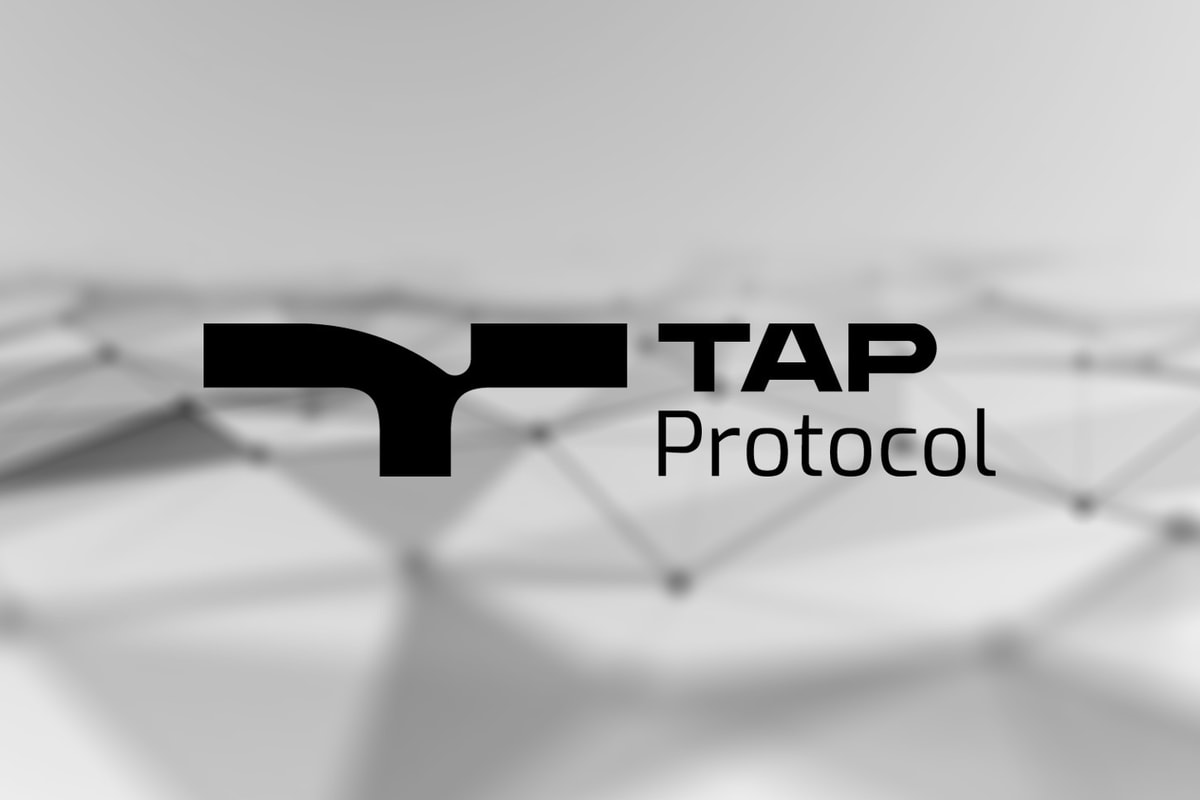
Glow Protocol, the Ethereum-based solar infrastructure protocol revolutionizing the electric grid, has just unlocked a major milestone with the first solar farm from outside the U.S. joining the protocol. The 1.3-megawatt solar farm in Rajasthan, India, is the first commercial solar farm to join the protocol and has contributed a $1.6m protocol fee, which is 12x larger than any previous contribution to the Glow Protocol rewards pool. The commercial adoption of Glow is expected to triple the protocol’s carbon credit output overnight.
It is now estimated the current solar farms on Glow Protocol will produce 2.8 gigawatts of power within the next year.
Glow’s recursive subsidy mechanism compounds solar investment
“Glow’s natural incentives push farmers to get as much impact as possible out of every single solar farm. Those natural incentives brought Glow to India where every dollar donated can turn into as much as three times as many carbon credits," David Vorick, Founder and CEO of Glow Labs, a developer and thought leader in the Glow ecosystem.
Glow’s role in the solar economy is to incentivize the construction of new solar farms that displace dirtier sources of power by rewarding builders with USDC and GLW tokens based on their impact in reducing emissions. In practice, Glow’s recursive subsidy turns each original dollar of construction funding into $20 of brand-new solar, creating one of the most effective climate platforms in the world.
Solar energy is a cornerstone of India’s renewable energy ambitions
Glow´s expansion into India is meaningful because the India Government set the goal of developing 100 GW of solar parks, rooftop solar, and grid-connected systems in 2022. Solar energy is also contributing significantly to India's renewable energy mix, with solar accounting for about 40% of the country’s total renewable energy capacity by 2023.
Strategic Partnership with Circularity Global
India’s commitment to sustainable solar & comparatively low electricity costs has enabled Glow International to form a pioneering alliance with Circularity Global. “In our continued efforts to create a positive impact towards climate change, we are delighted to partner with Glow International and support their mission to power the world with 100% renewable clean energy and further enhance our combined goal of focusing on real-world needs. Circularity Global will ensure that all the Glow solar panels installed in India are fully recycled at the end of their lifespan, fostering a Solar Circular Economy.” Circularity Global CEO, Joel Michael
The demand side of the market is well established
One of the major challenges the DePIN industry faces is the amount of demand side traction that is feasible early on. However, Glow’s initial focus on solar within the renewable space appears well timed with SolarPower Europe’s annual Global Market Outlook for Solar Power 2024-2028 revealing that, in 2023, global solar yearly installations grew by 87% on the previous year.
2023 brought 447 GW of new solar compared to the 239 GW installed in 2022, bringing the world’s total solar capacity to 1.6 TW.

Source: Solar Power Europe
The more P, the better
Earlier in September, a lively debate emerged on X.com following a tweet from the investor Haseeb Qureshi from Dragonfly, which cited, “My rule of thumb for DePIN projects: the less P, the better. Anything purely physical massively increases verification costs and fraud rates, which pushes toward centralization. Verifying digital work (storage, compute, etc.) is easier and more scalable than for physical work.”
Glow has focused heavily on addressing these concerns and is pioneering a highly scalable solution to combat fraud while rolling out decentralized infrastructure. Only new solar can be on-boarded onto Glow, which ensures that all Glow Carbon Credits are certified as 100% renewable clean energy. Satellite imagery is used to verify that the solar farm did not exist prior to joining Glow. Next-generation monitoring boxes are also installed by auditors, and sourcing human auditors for a one-off visit is a highly scalable model.
Audit report example for a Glow Solar Farm
Glow has been installed across 12 states in the US
Before the expansion into India, Glow had been growing by 80% month-on-month whilst still in the beta phase of the network. Rolling out 57 solar farms across 12 states in the USA.

Source: Glow Stats
About Glow Protocol
Glow, an Ethereum-based solar infrastructure protocol, revolutionizes the decentralized electric grid by rewarding solar farms with GLW tokens for their electricity production and USDC for their carbon credits. More than a protocol, Glow is a movement to replace the entire dirty grid with 100% renewable clean energy. Corporations can participate via Glow’s Impact Partner Program which enables them to buy Glow Carbon Credits. Individuals and Commercial Solar Farm prospective customers should contact [email protected].
Glow Protocol is backed by Alliance, HF0, Lattice, Protocol Labs and Hack VC.
Useful links
Community Discord | Twitter (X) | Glow Labs Website | Glow Stats | Weekly Reports | Audits | Blog | Impact Partners | White Paper | DePIN Ninja
Media Contact
Dominic Moore
Core Contributor, LFGlow
E-mail: [email protected]











